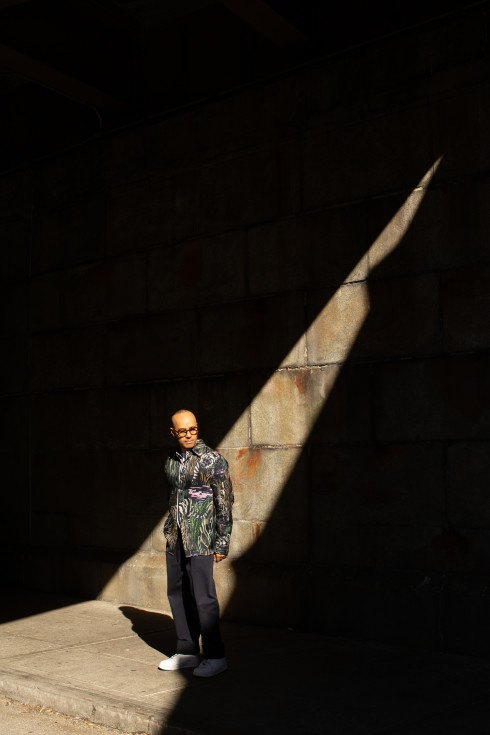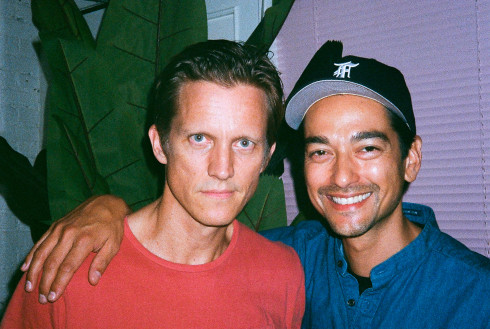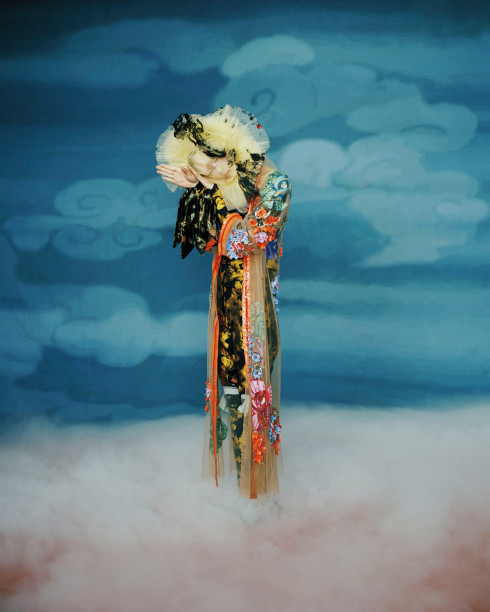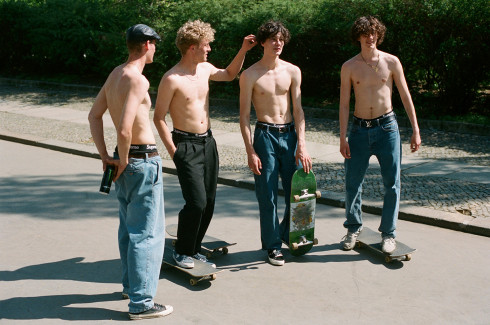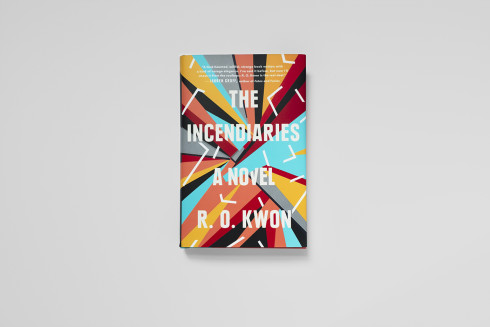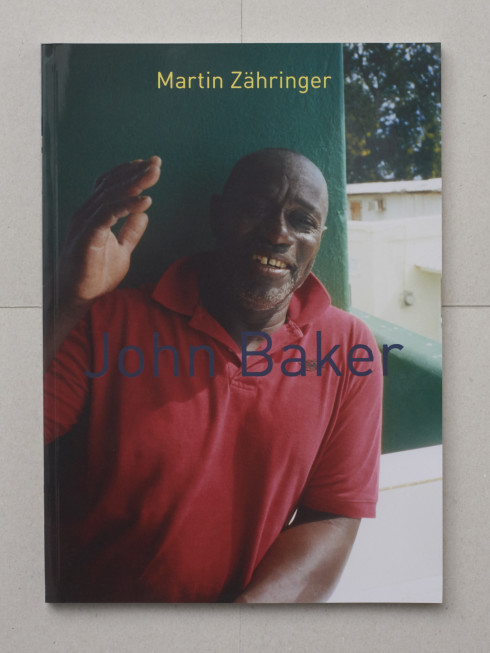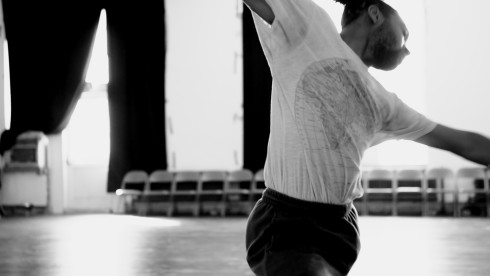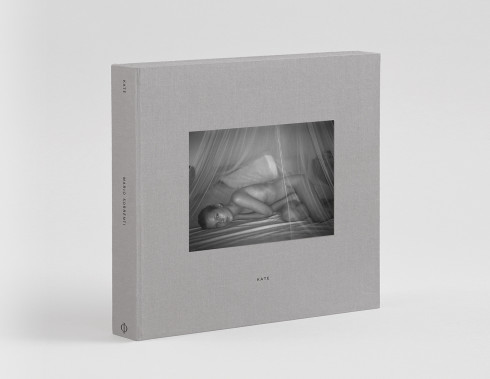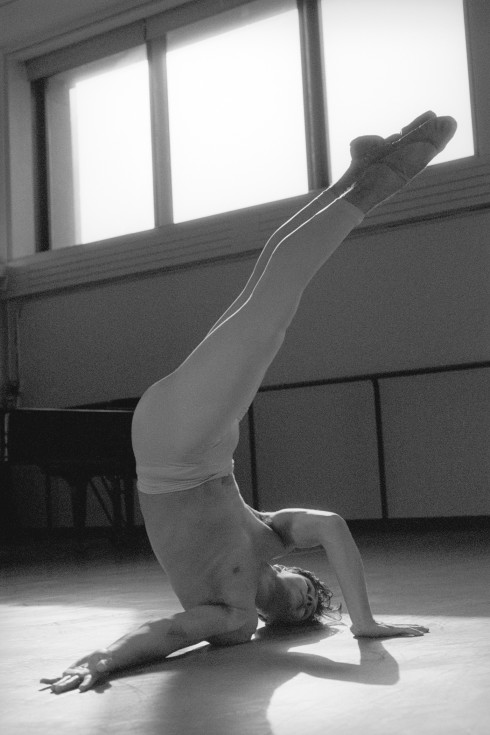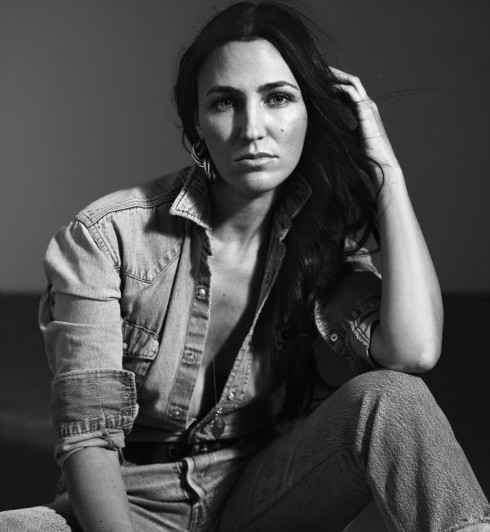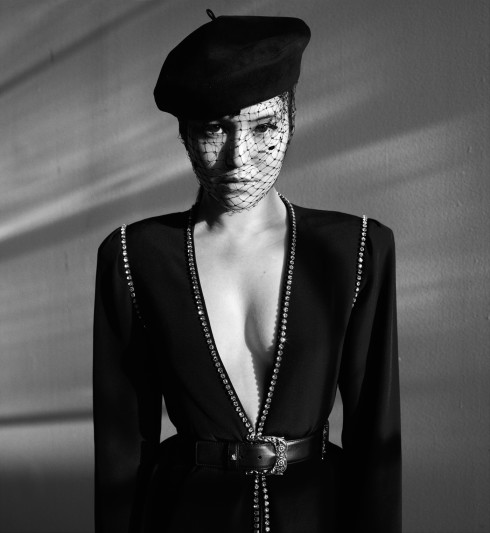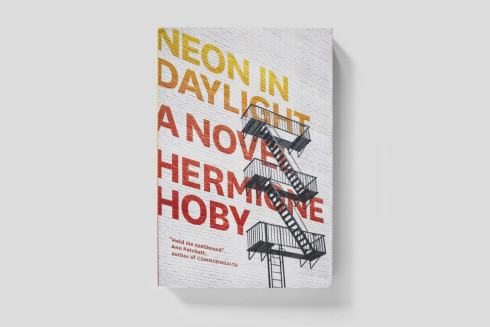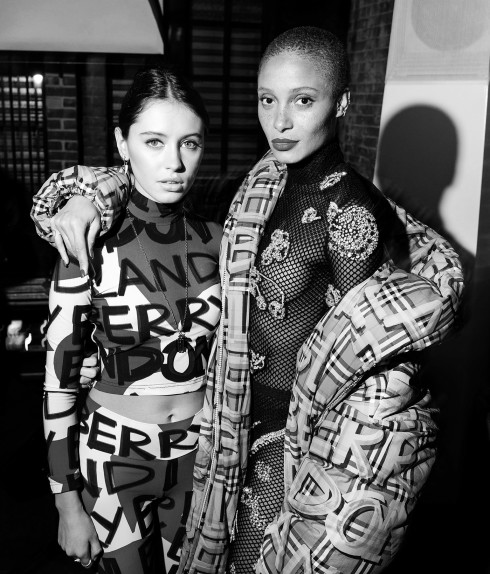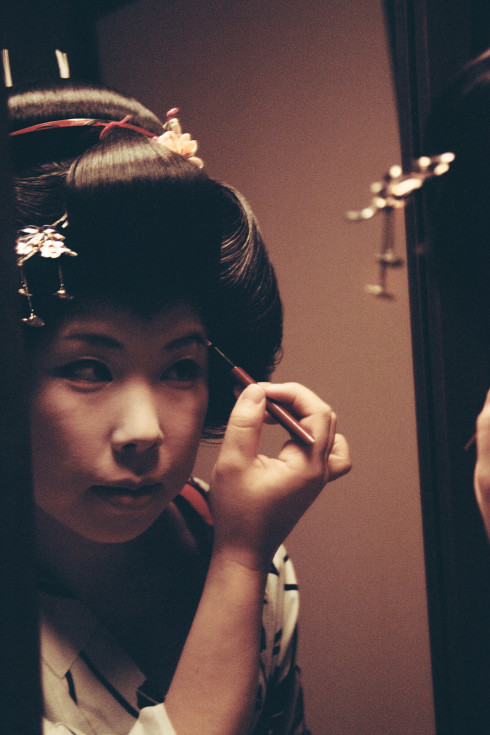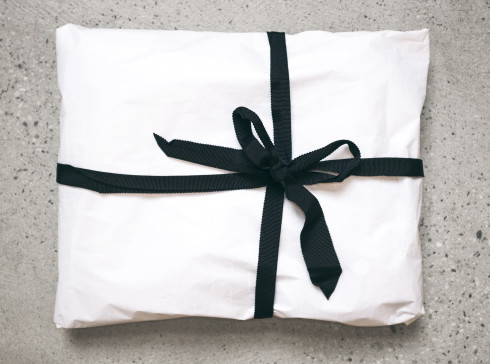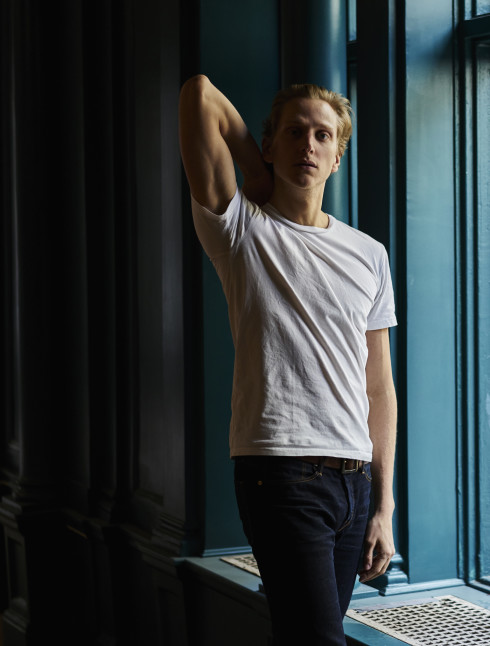FROM THE ARCHIVE: THOMAS TAIT, SPRING 2011
We’ve been around for a while now, and we know a lot of our readers might not have had the opportunity to experience our earlier issues. So we wanted to give you the chance to discover one of our favorite stories from our archive. Some of them feature actors, musicians, or artists who eventually made it big, talents we are proud to have tapped early in their careers. Some have brilliant writing, and some have beautiful photography. Some have both. But all of them are so great we thought they deserved a second chance. This week we present David Hellqvist’s Spring 2011 profile of Thomas Tait, the Canadian-born, London-based designer then just fresh off winning the first-ever Dorchester Prize.
On the worldwide fashion scene there is a continuous birthing of wannabe fashion stars. The tough competition has meant that only the designers with the purest and most individual aesthetic gain attention, praise, and prosperity. It’s tough, but it’s this bleak situation that makes such rising stars as Canadian-born designer Thomas Tait shine even stronger when they break through.
Tait, still only twenty-three years old, grew up in Montréal with a Scottish father and a French-Canadian mother. At twenty-one, he was the youngest-ever student to be accepted to Louise Wilson’s master’s program at Central Saint Martins, and while his graduation collection was warmly received, the designer’s big break came in October of last year when he was awarded the first-ever Dorchester Prize. The competition for the prize, created by the Dorchester Hotel Group to support designers around the world, included Mary Katrantzou and Louise Goldin, so Tait was in good company. “When I was shortlisted, I honestly thought that they were simply giving me a kind nod of approval and a bit of motivation,” he says.
In Montréal, Tait studied for a three-year technical diploma where he was taught how to create a garment from scratch, a hands-on approach to the actual construction of clothes. This has helped Tait to develop his own unique sartorial voice. It was also one of the things that Manolo Blahnik, one of the Dorchester judges, picked up on, calling his work “exceptional and wonderful,” and highlighting the “lines and the couture of it.” Tait is gracefully shy about the comments but says he knows what details Blahnik was referring to: “Manolo pointed out certain elements of my construction. I remember the evening of the prize he pointed out a specific manner in which I finished and developed a seam which is perhaps something that is not as frequently seen in ready-to-wear. He also mentioned my focus on silhouettes, which I think is something that has somehow been lost in the recent work of many young designers.”
The clothes Tait makes—his MA collection, inspired by “shoulder blades and pelvic bones,” was all black, which immediately puts him in a certain dark, moody, and eerie design category—can easily be described as minimal, and people, journalists especially, like drawing references to previous Helmut Lang, Jil Sander, and Yves Saint Laurent collections. Not surprisingly, Tait takes a dim view of the constant pigeonholing that a bit of media attention straightaway leads to. “Of course the body and its movements inspire me, clothes are meant to go on the body!” he says. “People like to talk about the clothes in terms of modernity versus futurism, and minimal versus understated, but I’d prefer it if people saw what I do as modern and understated.”
The Spring collection moved on from the dark atmosphere of the MA show, adding gold, off-white, and navy blue to the color palette. And there’s nothing to say there won’t be more colorful excursions for young Tait. “My starting point for a collection is often a small visual moment in my head, like a mini video clip that doesn’t stop, like it’s on repeat. That visual is often the rough feeling or a starting point for a project.” Tait also points to the fact that he’s a man designing for women as an interesting conflict: “There’s something about knowing that I will never understand a woman fully, never be a woman or be with one in a fully romantic sense, that triggers both a jealousy and a fascination. It’s bittersweet,” Tait says. The truth is, of course, that for us it’s not bitter at all, just sweet.
Styling by Tony Irvine. Makeup by Yadim Carranza. Hair by Rudi Lewis at Management Artists. Model: Anabela Belikova at IMG. Photographer’s assistant: Angelo D’Agostino. Digital technician: Jonathan Pilkington.


